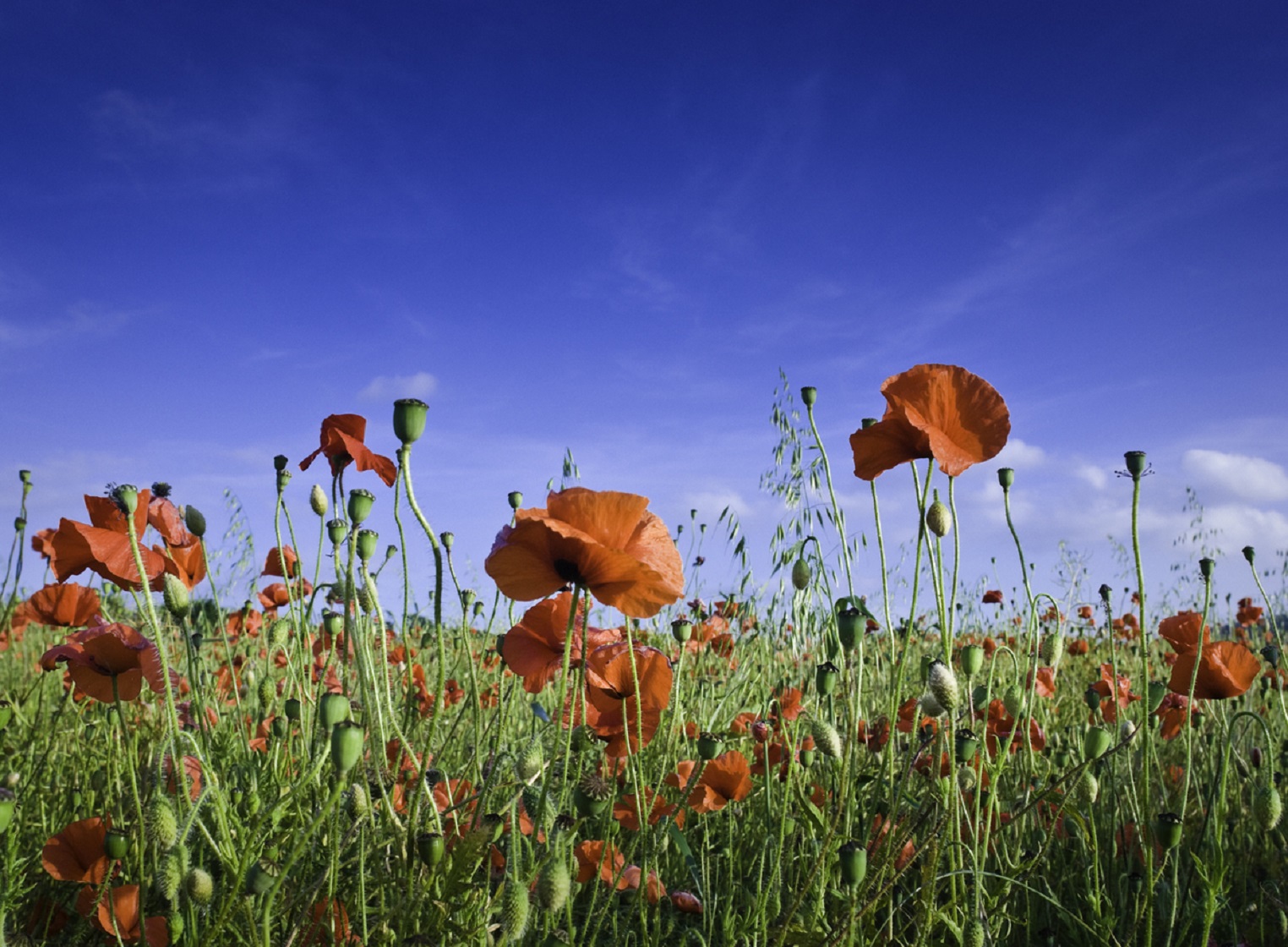Medicines and drugs from plants – ‘trumps’ card game
Resource
Throughout human civilisation the plant world has provided a rich source of medicinal and recreational drugs. In the past 100 years many of the active compounds in these folk remedies have been purified, identified, studied and, in some cases, synthesised to provide effective treatments. This resource uses the popular ‘trumps’ card game format to provide a fun and informative way for post-16 students to learn about some of these plant-derived pharmaceuticals. This also makes a fun science club activity lower down the school, with students focusing mainly on the poisons!
This resource includes a set of 25 ‘trumps’ cards featuring plant-derived drugs. Each card includes the name of the drug, source plant name and photo, the drug’s structure, molecular weight, toxicity and cost.
The image above shows the flowers of the coffee tree (Coffea arabica), source of the drug caffeine.
This resource was developed by teacher Dr Sarah McLusky, funded by a SAPS Associate Award.